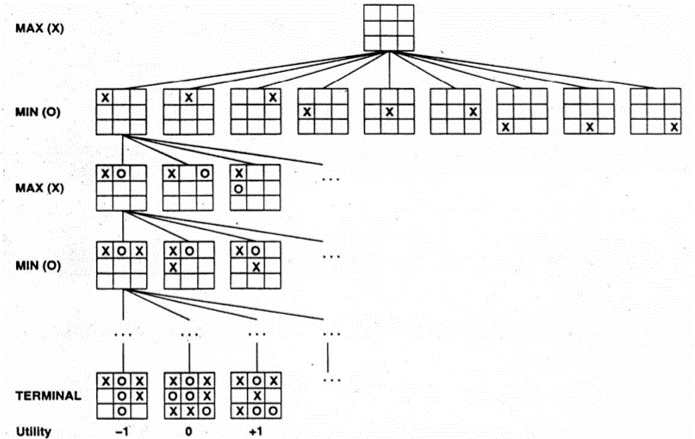Tic-tac-toe & chess |
||||||||||||||||
|---|---|---|---|---|---|---|---|---|---|---|---|---|---|---|---|---|
Tic-tac-toe (or noughts & crosses)The game starts by P1 clicking on one of the cells in the 3 × 3 grid Human versus human |

|
|||||||||||||||
|
|
||||||||||||||||
ChessP1 (Human) will play as White No check, checkmate, or draw. Human versus AI Adapted from Zhang Zeyu's GitHub source code for chess-playing AI |

|
|||||||||||||||